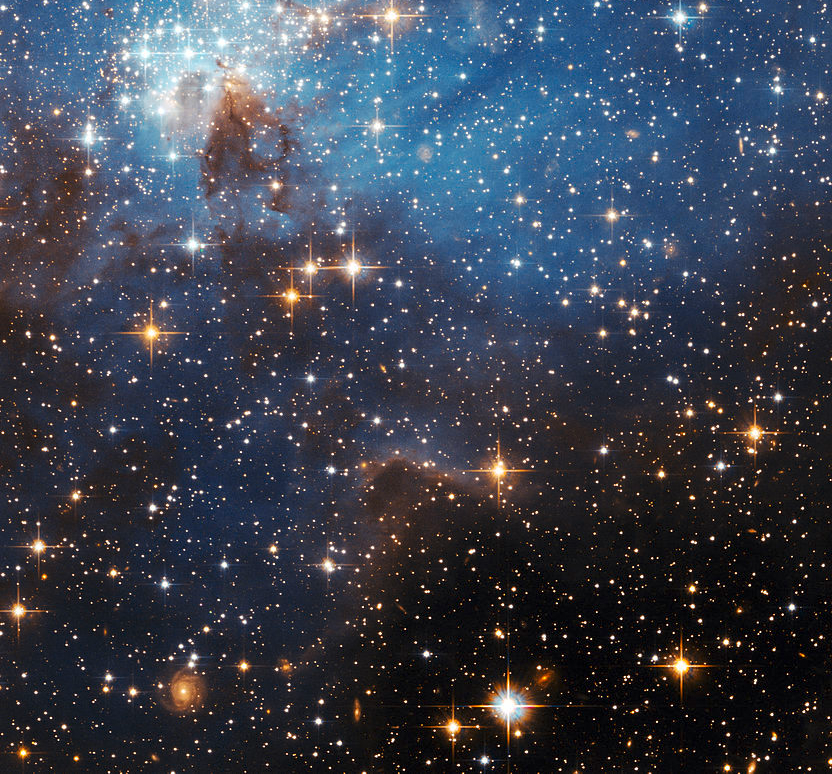For millennia, humanity has gazed upon the vast expanse of space, captivated by the twinkling tapestry of stars. But where exactly does our own star, the Sun, stop influencing its surroundings, and true interstellar space begin? This seemingly simple question unveils a fascinating astronomical concept: the heliopause.
Beyond the Familiar: Demystifying Interstellar Space
At first glance, defining interstellar space might seem straightforward. After all, "inter" signifies "between," and "stellar" pertains to stars. Therefore, wouldn't all of space technically be interstellar space, the vast expanse separating celestial bodies?
The answer lies in a crucial distinction. Interstellar space isn't merely the emptiness between stars; it's a region with distinct characteristics compared to the space directly influenced by our Sun. So, a boundary exists, marking the transition from the Sun's domain to the true interstellar realm.
The Sun's Reach: The Heliosphere and Solar Wind
Imagine the Sun constantly exhaling a stream of charged particles and a magnetic field that stretches far out into space. This continuous flow, called the solar wind, travels at an impressive speed of over 670,000 miles per hour. This outflow creates a vast, bubble-like region around our solar system known as the heliosphere.
The solar wind, much like Earth's wind, exerts pressure on its surroundings. But what exactly does it push against? The answer lies in the presence of particles originating from other stars and interstellar dust – essentially, anything not directly from our solar system.
Crossing the Threshold: Unveiling the Heliopause
Scientists pinpoint the beginning of interstellar space at the heliopause, the boundary where the Sun's influence wanes. Here, the solar wind and magnetic field significantly weaken, no longer exerting a dominant effect on their surroundings.
So, how do we know when we've ventured beyond the heliopause and into true interstellar space? The answer lies in the properties of the surrounding particles. Within the heliosphere, solar wind particles are abundant but relatively hot and diffuse. However, upon entering interstellar space, a distinct shift occurs. The density of particles increases, but their temperature drops significantly, becoming "cold" in astronomical terms. Additionally, the magnetic field characteristics change, indicating a departure from the Sun's influence.
Voyager Missions: Pioneering Humanity's Journey Interstellar
Our understanding of the heliopause and interstellar space has been significantly advanced by the pioneering Voyager 1 and 2 missions. Launched in 1977, these remarkable spacecraft have ventured further than any human-made object in history. In 2004, Voyager 1 crossed the termination shock, a region where the solar wind slows down dramatically. Finally, in 2012, it made the historic achievement of breaching the heliopause, becoming the first human-made object to enter interstellar space.
A Universe Beyond Our Sun: Unveiling the Mysteries
The vast expanse of interstellar space holds countless mysteries waiting to be unraveled. It's a realm filled with sparse gas and dust clouds, the birthplace of new stars and planetary systems. By studying the properties of interstellar space beyond the heliopause, scientists can gain valuable insights into the composition and evolution of the Milky Way galaxy and the universe at large.
Tags:
Cosmology

